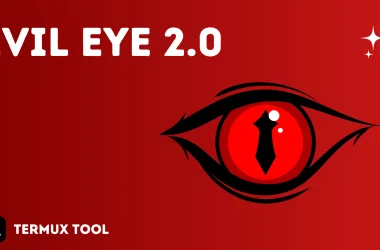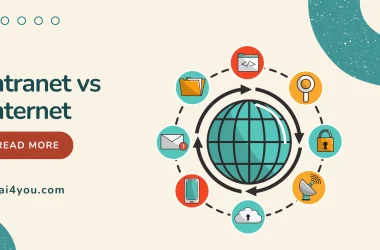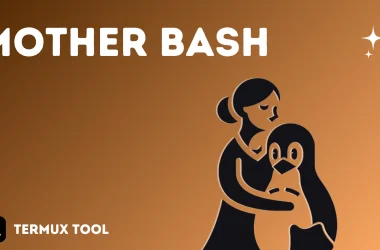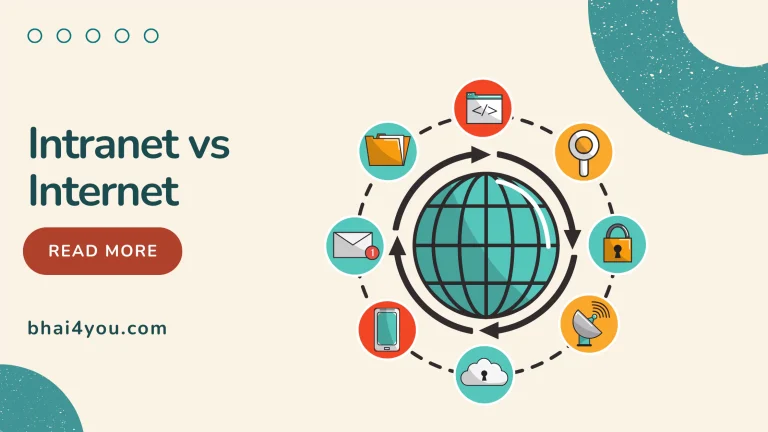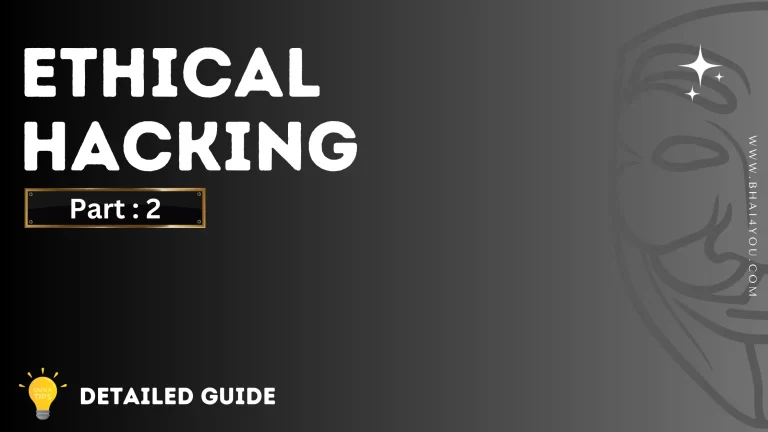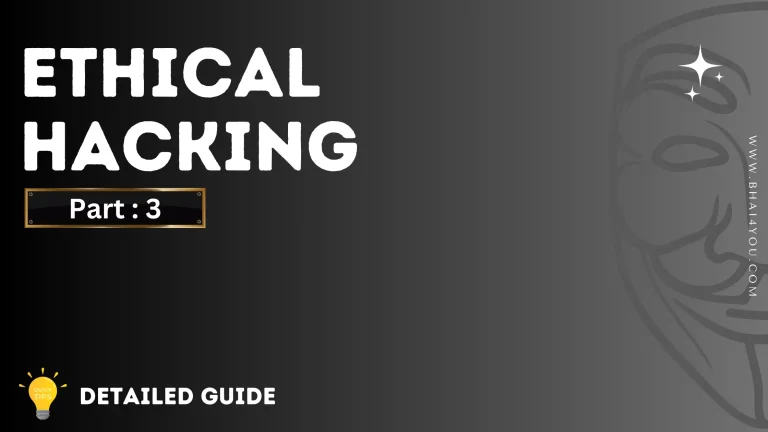Who is Hacker ?
A hacker is someone who uses their skills with computers, networks, or other technology to solve technical problems. The term can also describe someone who uses their abilities to get into systems or networks without permission to do things that are against the law or rules. 🔧👾 They might try to gain unauthorized access to data and systems for 🕵️♂️ illicit activities, which could include things like stealing information or causing mischief. 🚫🔒
The term “hacker” originated in the 1960s to depict a programmer or an individual who, during a time of limited computer capabilities, could enhance code efficiency by removing, or “hacking,” surplus machine code instructions from a program. Over the years, it has transformed to describe someone possessing advanced knowledge in computers, networking, programming, or hardware. 💻🔄
Table of Contents :
Types of Hackers
Table of Contents :
White Hat Hackers (Ethical Hackers) 💼🛡️ :

- Intent : White hat hackers aim to improve cybersecurity by identifying and fixing vulnerabilities. They often work for organizations, conducting authorized penetration testing to strengthen security measures.
- Activities : These hackers use their skills to assess and enhance systems, networks, and applications, helping organizations protect against potential threats.
- White hat hackers play a crucial role in the field of cybersecurity, contributing to the ongoing effort to stay ahead of evolving cyber threats. Their work helps create more robust and resilient systems, ultimately benefiting the security of individuals, businesses, and the broader digital infrastructure.
Black Hat Hackers 🎭 :

- Intent: Black hat hackers pursue malicious objectives for personal gain or to cause harm. They engage in activities that violate laws and ethics, such as stealing sensitive information, disrupting services, or distributing malware.
- Activities: Their actions include unauthorized access to systems, data breaches, and exploiting vulnerabilities for nefarious purposes.
- It’s crucial to emphasize that the role of a black hat hacker involves illegal and unethical activities that can have severe consequences for individuals, businesses, and society. Law enforcement agencies and cybersecurity professionals work to identify and apprehend black hat hackers to prevent and mitigate the impact of their malicious actions.
- The terms “black hat” and “white hat” originated from Western movie conventions, where villains often wore black hats and heroes wore white hats. In the context of hacking, these terms signify the ethical and legal aspects of individuals’ actions in the digital realm.
Grey Hat Hackers 🎩 :

- Intent: Grey hat hackers fall between ethical and malicious hacking. They may identify vulnerabilities without explicit permission but often disclose these to the affected organization afterward.
- Activities: Grey hat hackers walk a fine line between legality and illegality, sometimes serving as a bridge between security researchers and organizations.
- Grey hat hackers may contribute to cybersecurity by identifying vulnerabilities, their lack of explicit authorization and potential legal risks differentiate them from white hat hackers who operate within legal and ethical boundaries. Responsible disclosure and collaboration with organizations are key principles for grey hat hackers aiming to make a positive impact on digital security.
Hacktivists ✊:

- Intent: Hacktivists use hacking skills to advance social or political causes. They believe in a form of “digital activism” and may target organizations or individuals they perceive as opposing their ideals.
- Activities: Disrupting websites, defacing online platforms, or leaking sensitive information are common hacktivist actions.
- Notable hacktivist groups, such as Anonymous, have gained international attention for their activities. While some view hacktivism as a form of digital activism, others criticize it for its potentially disruptive and illegal nature.
- The impact of hacktivist actions is often a subject of debate, with some arguing that it raises awareness for important issues, while others highlight the potential harm it can cause to individuals and organizations.
Script Kiddies 🧑💻 :

- Intent: Script kiddies lack deep technical understanding and engage in hacking for curiosity or social recognition. They often use pre-made tools and scripts without comprehending the underlying mechanisms.
- Activities: Launching basic attacks, such as DDoS attacks or using simple exploits, with minimal technical knowledge.
- Script kiddies are often viewed within the hacking community and cybersecurity professionals as less sophisticated than more skilled hackers, such as black hat hackers or advanced threat actors.
- Their activities, while disruptive, are typically less targeted and pose a lower-level threat compared to more advanced cyber threats.
Phreakers 📞 :

- Intent: Phreakers manipulate telecommunications systems, often with a focus on exploiting weaknesses in phone networks.
- Activities: Gaining unauthorized access to phone networks, making free calls, or manipulating telecommunication infrastructure.
- While the classic era of phreaking focused on the telephone network, the term has expanded to encompass the exploration and manipulation of various communication systems, including modern digital networks.
- The activities of phreakers have both historical significance in the hacker subculture and implications for the evolution of telecommunications technology and security.
Crackers 🍪 :
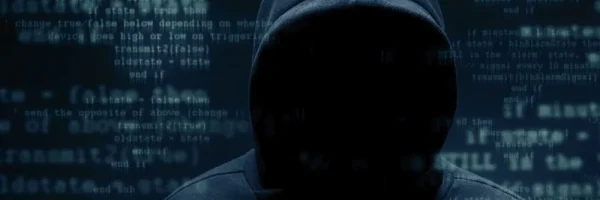
- Intent: Crackers focus on breaking software protections, such as digital rights management (DRM), to allow for unauthorized distribution or use.
- Activities: Removing copy protection from software, enabling its use without proper licensing.
- Crackers are generally associated with activities that infringe upon intellectual property rights and contribute to software piracy.
Cyber Espionage Agents🕵️♀️:
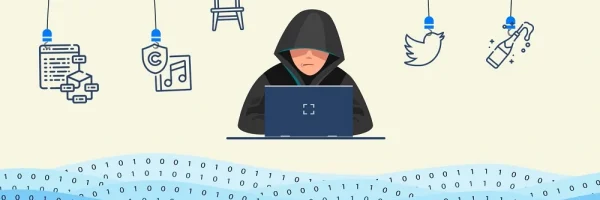
- Intent: Operatives working on behalf of governments or organizations to gather intelligence through cyber means.
- Activities: Infiltrating computer systems to access classified or sensitive information, conducting surveillance, and engaging in cyber-espionage.
- Cyber espionage is a dynamic and evolving field, and the use of advanced technologies makes it a significant component of modern intelligence and geopolitical strategies.
- Governments and organizations around the world continually invest in cybersecurity measures to defend against cyber espionage threats.
Social Engineer 🤔:

- Intent: Social engineers exploit human psychology to manipulate individuals into divulging confidential information or performing specific actions.
- Activities: Deceptive tactics through communication channels, such as phishing emails, phone calls, or impersonation, to gain unauthorized access.
- Social engineering attacks can occur in various contexts, including online interactions, phone calls, or in-person encounters. Awareness, education, and implementing security protocols are crucial in defending against social engineering attempts.
State-Sponsored Hackers 🌐:

- Intent: Government-backed hackers who conduct cyber-attacks on behalf of a nation-state to achieve political, military, or economic objectives.
- Activities: Engaging in espionage, sabotage, or influencing global affairs through targeted cyber operations.
- Detecting and attributing state-sponsored hacking is a complex task, and it often involves collaboration between cybersecurity experts, intelligence agencies, and international organizations. The evolving landscape of cyber threats has led to increased efforts to establish norms and agreements to govern state behavior in cyberspace.
Hacking is illegal ?
Absolutely it is illegal and cyber crime !! Hacking, the unauthorized access to computer systems, is considered illegal in the digital world. It’s like breaking into someone’s house without permission, but in the online space.
Laws worldwide say, “Hey, no sneaking into computers or networks without permission!” Unauthorized access, messing with networks, or stealing data can lead to serious legal trouble.
BUT, not all hacking is bad! There’s this cool thing called ethical hacking or penetration testing. It’s like being a superhero for computer systems. Ethical hackers are the good guys, authorized to find and fix weaknesses in systems to make them super secure!
So, remember, hacking without a green light is a big problem. But if you’re the good hacker, authorized and ethical, you’re like a digital superhero saving the day! If you’re ever in doubt, better ask the experts or legal folks to keep things on the right side of the law!
What is Ethical Hacking ?
Ethical Hacking is like being a 🕵️♂️ “good guy” hacker! It’s when skilled professionals, known as ethical hackers or “white hat” hackers, use their cyber superpowers 👨💻 for good. They help organizations find and fix security weaknesses in their systems before the bad guys 👾 can exploit them. It’s like having a friendly spy protecting your digital fortress! 🛡️
we will discuss more about methodology, steps, process and much more in upcoming post.
Who is First Hacker ?

John Draper, also known as Captain Crunch, gained prominence in the 1970s for his involvement in the phone phreaking subculture. Phone phreaking refers to the exploration and manipulation of the telephone network, often involving the discovery of loopholes or vulnerabilities to make free calls. Draper’s moniker “Captain Crunch” came from his discovery that a plastic whistle found in Cap’n Crunch cereal boxes could emit a tone at a frequency used by the phone system.
Here are some key details about John Draper and his contributions to the early hacker culture:
Phone Phreaking :
Draper became interested in exploring the phone system and discovered that the toy whistle from Cap’n Crunch cereal produced a tone at precisely 2600 hertz. This frequency could be used to manipulate the phone system, allowing for free long-distance calls.
He and other phone phreaks explored various techniques to exploit the telephone network.
Blue Boxes :
Draper, along with other enthusiasts, started building devices called “blue boxes.” These electronic devices could generate the 2600 Hz tone, enabling users to manipulate the phone system and make free calls. The blue box became a symbol of early phone phreaking.
Exploration and Innovation :
Draper’s activities were driven by a curiosity about how the phone system worked. While some of his actions involved exploiting vulnerabilities, his motivations were not malicious.
He and other phone phreaks were more interested in understanding and exploring the technology rather than causing harm.
- Legal Issues :
- Despite the non-malicious intent of many phone phreaks, their activities often fell into a legal gray area. Draper faced legal troubles for his involvement in phone phreaking, and he was arrested several times.
- His experiences with the legal system brought attention to the subculture and its unique relationship with technology and authority.
- Legacy :
- John Draper’s contributions to the early hacker culture are significant. While he may not be the absolute “first hacker,” his role in popularizing phone phreaking and his use of the Cap’n Crunch whistle make him a notable figure in the history of hacking.
- Additionally, his experiences helped shape the perception of hackers and their relationship with technology and society.
It’s essential to recognize that the term “hacker” has evolved over time, and not all individuals involved in hacking activities have malicious intentions. Many hackers, like Draper, are driven by curiosity, innovation, and a desire to understand and explore technology.
Hackers Programming Language
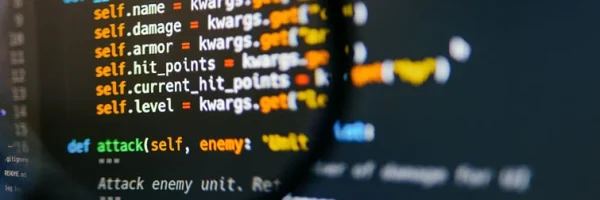
Ethical hackers the preference for programming language among hackers very depending on the specific task or global they are try to achieve. However, there are several programming language commonly associated with hacking and cybersecurity.
According various reports there are two main programming language that mostly used by hackers :
1. Python : Python is widely used in the cybersecurity community due to its simplicity, readability, and extensive libraries. It is versatile and can be used for tasks ranging from writing exploits to scripting and automation.
2. Bash / Shell : Scripting languages like Bash are used for automating tasks, creating malicious scripts, and simplifying the execution of various commands during penetration testing.
here are a few other`s :
Javascript, C and C++, SQL, Ruby and Java…
Advantages
🔐 Security Testing : Ethical hackers help make systems stronger by finding and fixing weaknesses.
🚀 Skill Development : Some hackers learn to code and understand computers really well, which can be used for good, like in cybersecurity.
💡 Innovation and Creativity : Hacking can sometimes point out flaws, pushing for better cybersecurity tools and methods.
🌐 Open Source Advocacy : Hackers may help improve software by finding and fixing security issues, making technology safer for everyone.
Disadvantages
👮♂️ Criminal Activities : Many hackers do illegal things like stealing data or tricking people for money, causing harm.
🔍 Privacy Invasion : Hacking into personal information can hurt privacy, exposing sensitive details like finances and health.
💸 Financial Loss : Hacking attacks can cost businesses money due to stolen data or disruptions, leading to big financial losses.
🚫 Disruption of Services : Some hackers mess with websites and services, causing downtime and problems, hurting productivity.
🦠 Malware Distribution : Hacking often involves spreading harmful software that can damage computers and compromise data.


